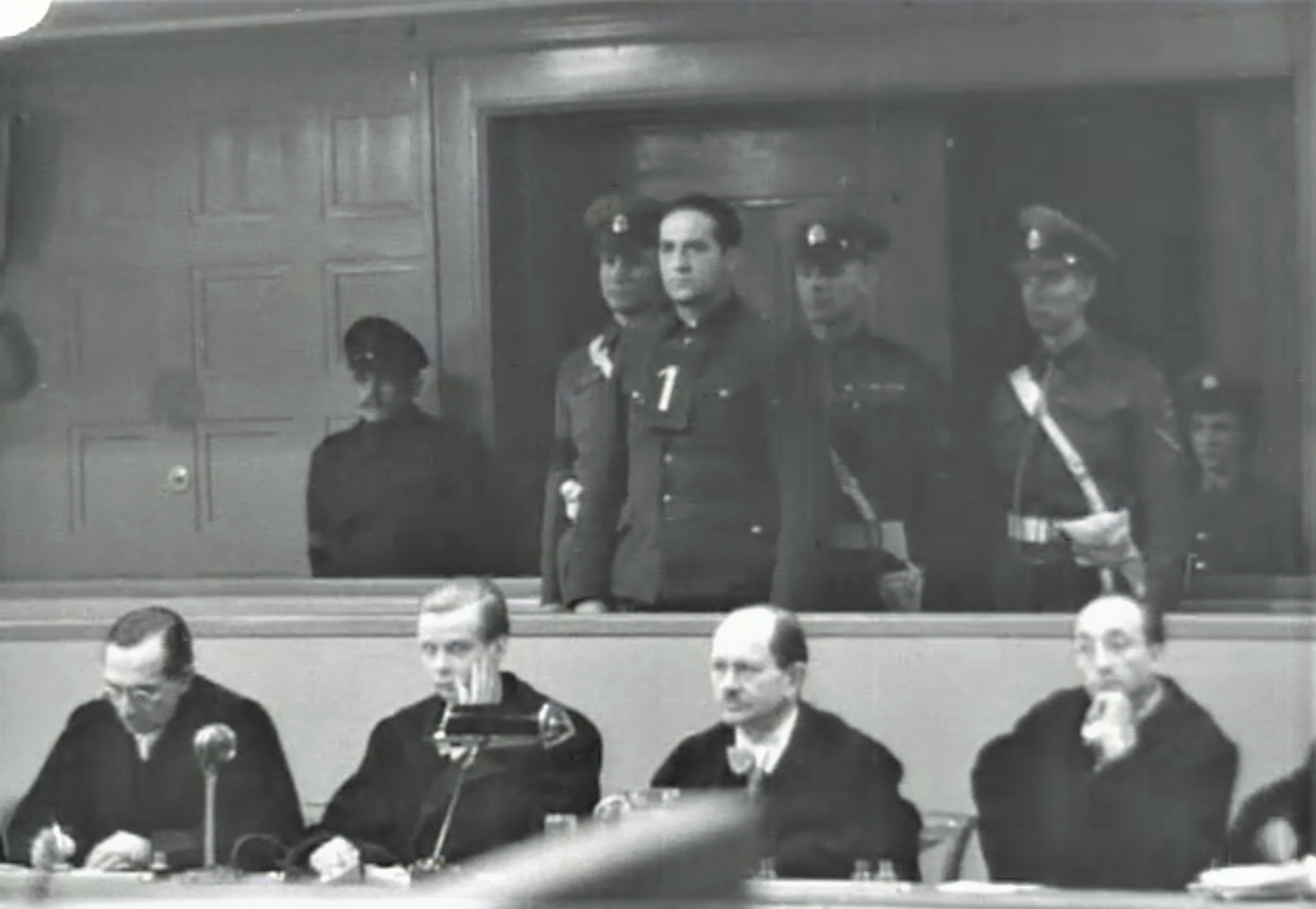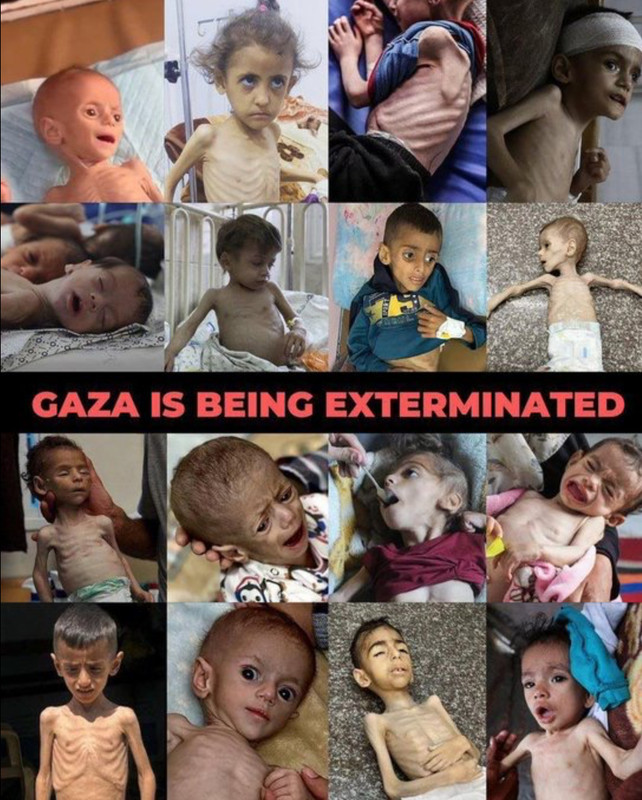Here is a step by step process suggested by Grok that would need to be followed to credibly debunk a mainstream historical narrative, specifically the use of gas chambers during the Holocaust.
https://grok.com/share/c2hhcmQtMw%3D%3D ... 65698b9f4e
You guys have made an attempt to do a lot of these things, but here is where I see that you've failed.
Step 1: Define the Claim and Scope
- Here you've presented a hypothesis that there were no gas chambers which is fine.
Step 2: Identify and Collect Primary Sources
- You've done a thorough job looked at primary sources from what I've seen although I don't think any of you have actually visited Nazi, Polish, or Soviet archives. Have any of you done that or even been to a Holocaust museum?
Step 3: Cross-Reference Secondary Sources
- You've done a pretty good job here too although I haven't seen anybody do a good job critiquing any of the death counts, especially Hilberg.
Step 4: Evaluate Physical and Forensic Evidence
- You've done a good job cataloging the evidence although I don't think it has been interpreted properly or reasonably which is a separate issue. I'm still going through that in the other Markiewicz report thread.
Step 5: Assess Testimonies and Eyewitness Accounts
- Here you've done a good job collecting the evidence but I think you fall short in analyzing the inconsistencies. There are so many consistencies of core details, that have been reported independently, and you've magnified some of the minor inconsistencies. I also don't think that you've adequately taken into consideration what one should appropriately expect from witnesses that would have endured unimaginable hardships and suffering. I haven't seen a compelling answer for how there could be so much consistency across thousands of witnesses but you've done a good job pointing out the inconsistencies.
Step 6: Contextual Analysis
- This is where I think you guys really start to fall short. I haven't seen any compelling arguments for why there were anti-Jewish laws put into place. Poor consideration of the logistics, secrecy measures, and wartime constraints that would affect evidence preservation and quality.
Step 7: Address Counter-Evidence
- The work here is mixed. We're still working through some of the forensic evidence. I guess it's OK to say that the gas chambers were used as morgues but why would so many people have died or been put in prison there in the first place? I haven't seen a good reason for why cyanide residues were found in the "morgue" but not the barracks for example or why the Nazis ordered way more Zyklon B than would have been necessary for delousing. Why would they have needed 15 muffles in a crematorium?
Step 8: Develop an Alternative Hypothesis
- This is the weakest part of your guys work in my opinion. Here are some questions that haven't been adequately answered.
- If not extermination, what was the primary function of camps like Auschwitz-Birkenau?
- How do you account for the documented deaths of millions (e.g., deportation records, pre- and post-war population data)? Yad Vashem has millions of names of people that went "missing" after WW2.
- Why did the Nazis order so much Zyklon B if they didn't need so much for delousing?
- How can there be so many consistencies across so many different eyewitness reports, both from the Nazis and survivors?
Step 9: Test the Hypothesis Against Evidence
- Does the alternative hypothesis explain all primary sources, physical evidence, and testimonies as effectively or better than the consensus?
- Are there gaps or contradictions in the alternative hypothesis? The hypothesis must withstand scrutiny under the same standards applied to the established narrative (e.g., Occam’s Razor, consistency with evidence).
I don't think the alternative hypothesis explains why the Nazis destroyed the crematoria, the existence of the physical evidence of many dead (even if you don't find millions of intact bodies and skeletons), or how so many testimonies can generally point in the similar direction. I don't think it is even close to the orthodox narrative, even if that will have some imperfections and gaps as any narrative will.
Step 10: Peer Review and Scholarly Engagement
- This hasn't been done while it was for the Katyn Massacre. I am personally not a strong believer in peer review, although it tends to be self correcting over multiple decades even if it can be terribly wrong for 20 years.
Step 11: Document and Publish Findings
- This has been done but not in a formalized way. There are Holocaust related guardrails, but if you depersonalize the event, you could ask abstract questions about the Holocaust and it would be realistic in agreeing or disagreeing with the fact pattern and so far I have not seen anything like that as a whole.
Step 8 is where I think you guys fall short the most. I don't see a viable alternative explanation for any of this as a whole although you've pointed me towards specific issues that I didn't know about like how some Nazis were abused after the war.
Maybe you guys can fill in some of these gaps.
Purpose of the camps:
- Explain the documented infrastructure, such as crematoria, gas-tight chambers, and mass graves, in a non-extermination context (e.g., as facilities for labor, delousing, or other purposes).
- Account for the secrecy surrounding these camps, including restricted access, coded language in Nazi documents (e.g., "special treatment"), and the destruction of records by the Nazis as the war ended.
- Provide primary source evidence, such as Nazi documents or testimonies, supporting the alternative function (e.g., records showing camps were solely for forced labor or quarantine).
Fate of Victims:
- Provide an alternative explanation for the fate of the approximately 6 million Jewish victims (e.g., deportation to other regions, natural deaths, or survival in undocumented locations).
- Use primary sources, such as emigration records, post-war population surveys, or other documentation, to show where these individuals went if not exterminated.
- Address specific records, such as the Korherr Report (1943), which details the "reduction" of Jewish populations, or deportation lists from ghettos like Warsaw or Lodz.
Use of Zyklon B and Other Agents:
- Provide evidence that Zyklon B was used solely for delousing or other non-lethal purposes, despite its documented delivery in large quantities to camps like Auschwitz (e.g., invoices from Degesch, the supplier).
- Address forensic evidence, such as the 1994 Krakow Institute of Forensic Research report, which found cyanide residues in gas chamber walls consistent with homicidal use, and propose an alternative explanation supported by comparable forensic data.
- Explain the logistics of Zyklon B distribution, including why it was used in sealed chambers with gas-tight doors, as described in survivor and perpetrator accounts.
Testimonies and Eyewitness Accounts:
- Propose an alternative explanation for why survivors (e.g., those interviewed by the Shoah Foundation) and perpetrators (e.g., Adolf Eichmann, SS guards at Nuremberg) described gas chambers.
- Provide evidence of widespread fabrication or inconsistencies across testimonies. Here you guys have done this for small details but not in a way that could explain how so many people described many similar details of the gas chambers.
- Account for corroboration between independent sources, such as survivors who never met but described similar processes (e.g., selection, undressing, gassing at Auschwitz).
Logistical and Administrative Evidence:
- Provide an alternative interpretation of documents like the Wannsee Conference protocols (1942), which outline the "Final Solution," or the Höfle Telegram (1943), which lists death tolls at extermination camps.
- Account for logistical arrangements, such as the transport of millions to camps with no return records, or the construction of high-capacity crematoria (e.g., Auschwitz’s Krema II–V, capable of processing thousands of bodies daily).
- Use primary sources to support the alternative interpretation, such as records showing non-lethal purposes for these logistics.
Historically, attempts to develop alternative hypotheses denying the use of gas chambers (e.g., by Holocaust deniers like David Irving or Robert Faurisson) have failed to meet these criteria. They typically rely on selective evidence, misinterpretation of documents, or unverified claims, and they collapse under scrutiny due to inconsistencies and inability to account for the full scope of evidence.

